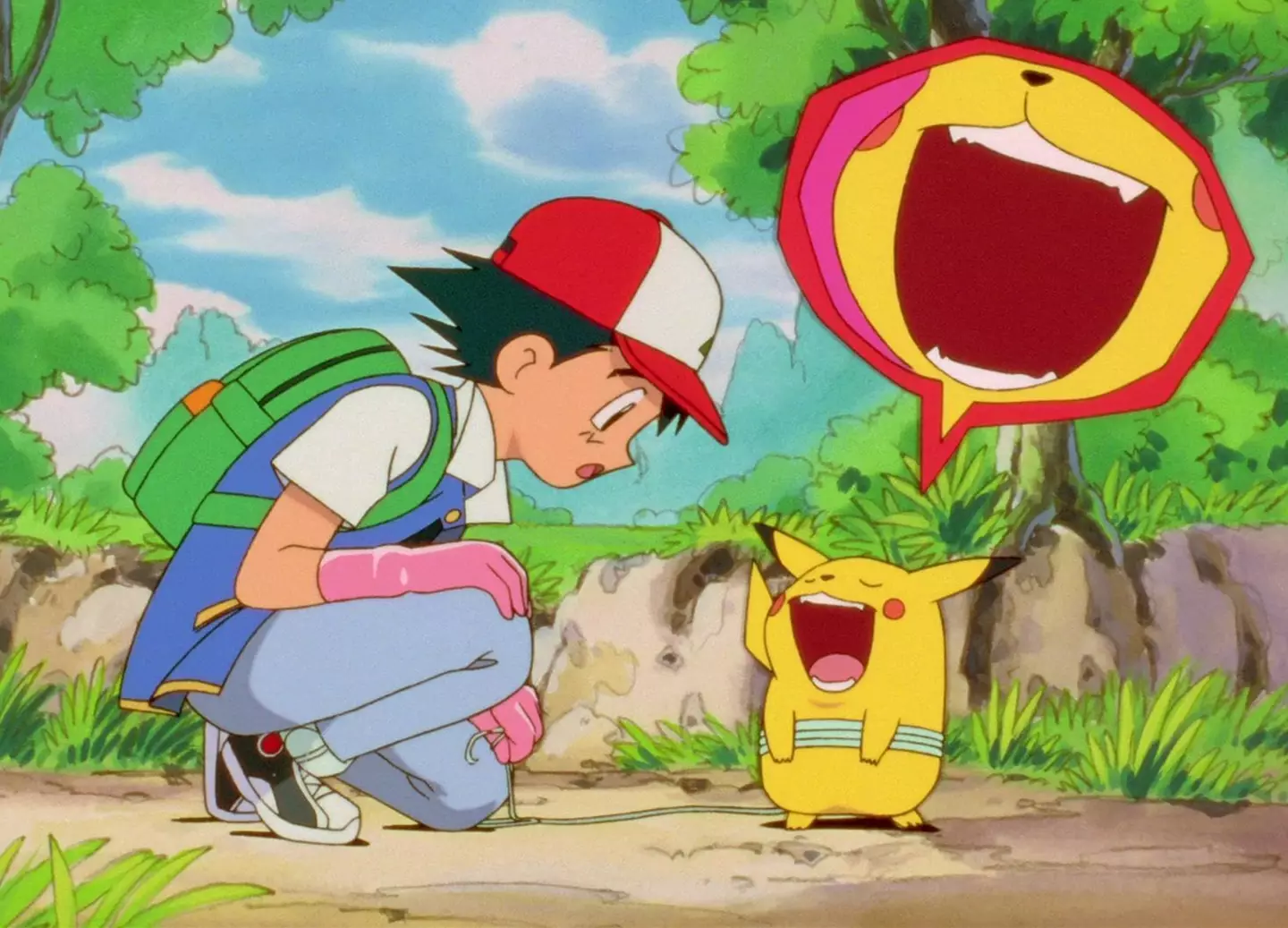
Scientists may have worked out why hundreds of kids were hospitalized after watching a 1997 Pokémon episode.
The popular animé programme was first released in 1997 in Japan, and is still a household favorite for many across the globe.
But there's one episode that people many not remember - and that's the one titled 'Dennō Senshi Porygon'.
The episode aired on December 6, 1997, and was never shown again.
Advert
That's because after it aired, over 600 children were rushed to hospital within an hour of it being broadcast.
Children were claiming to have symptoms including convulsions, nausea and vomiting and the so-called illness quickly spread across the country.
You can watch the clip below, but bear in mind it contains flashing imagery:
At the time it was concluded that the barrage of red and blue strobe lighting in the episode when Pikachu launched one of his high-octane electric outbursts was what caused the kids' sudden bout of illness.
The next day TV Tokyo (the original network behind Pokémon) issued an apology and suspended the show.
In the days that followed the episode airing, a staggering 12,700 children went on to affected by it.

A four month-long investigation then followed, but they struggled to find an obvious reason for the outbreak and therefore Pokémon returned to screens.
In light of this and the fact that previous animé episodes had featured similar scenes to that of the one in question without causing any issues, paranormal investigator Benjamin Radford and sociologist Robert Bartholomew chose to look into the matter further.

In the study from 2001, Radford and Bartholomew noted that some children that were hospitalized after watching the episode went on to be diagnosed with photosensitive epilepsy - but the majority did not.
With this in mind, they concluded that mass hysteria was the cause of the so-called illness.
"Many of the children's symptoms had no identifiable organic basis; other than the verified cases of seizures, the symptoms reported were minor and short-lived; the victims were nearly exclusively school children in early adolescence; and anxiety from dramatic media reports of the first wave of illness reports was evident,” they wrote.
"Media reports and publicity fuel the hysteria as news of the affliction spreads, planting the idea or concern in the community while reinforcing and validating the veracity of the illness for the initial victims."

Around 700 kids were initially hospitalized on the evening the programme aired and the following day, with the number rising to over 12,000 after Japanese news outlets covered the incident.
Radford and Bartholomew went on: "The episode dominated the Japanese news. Japanese children who had not heard about their peers from the news or from their parents learned of it that morning when the seizures ‘were the talk of the schoolyards’.
"Once the children had a chance to hear panicky accounts of what had happened through the mass media, their friends and their schools, the number of children reported the next day to have been initially affected – 2 days earlier – increased by 12,000."
Following their findings, the pair warned that relying too much on mass communications could put us at risk of future mass hysteria outbreaks.
Topics: Pokemon, Film and TV, Anime